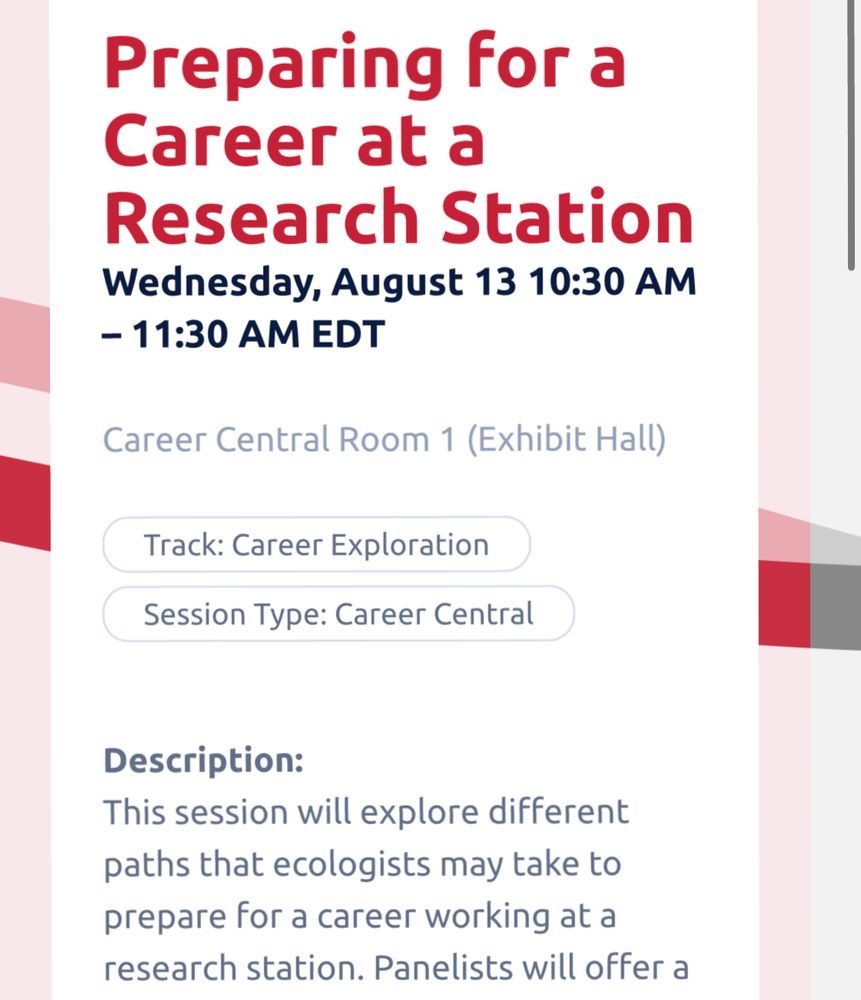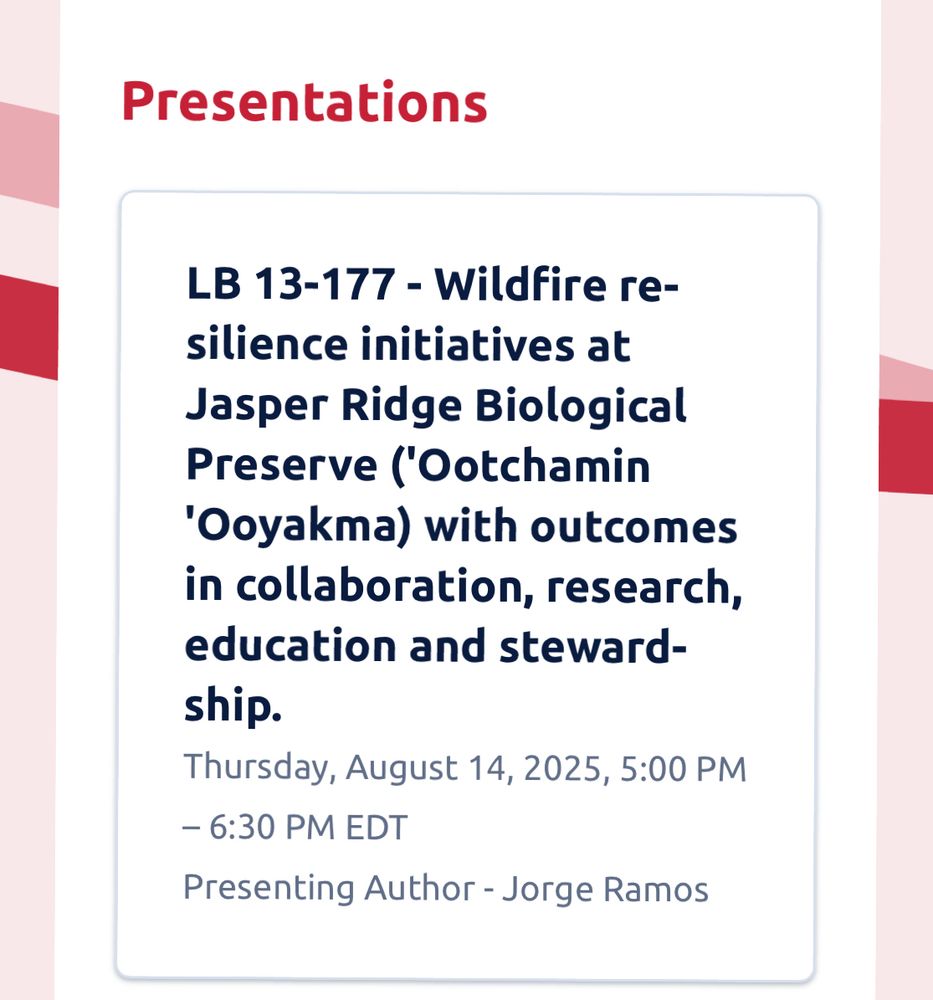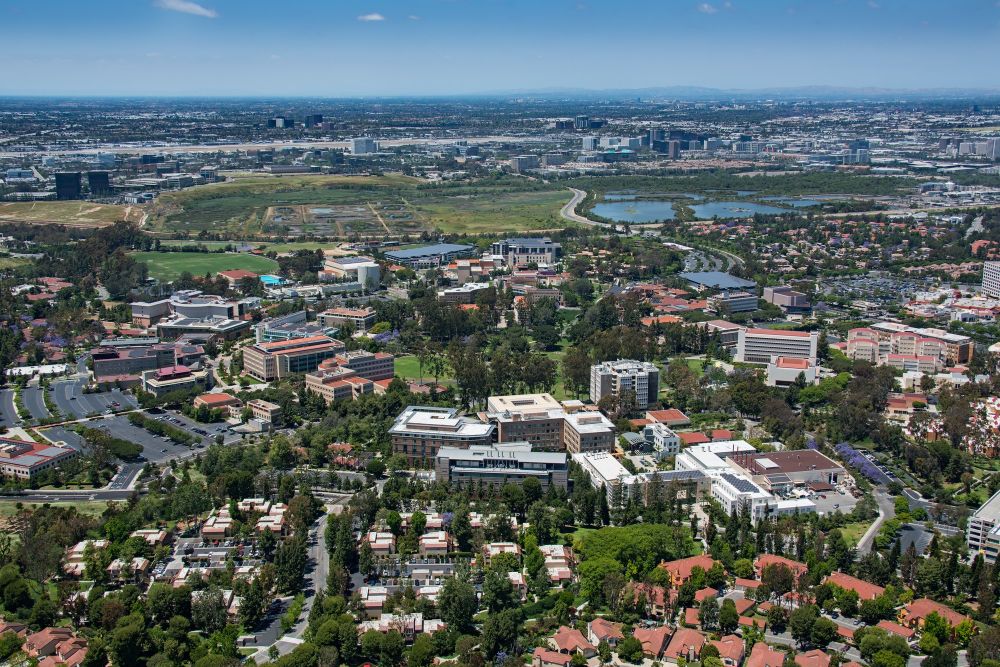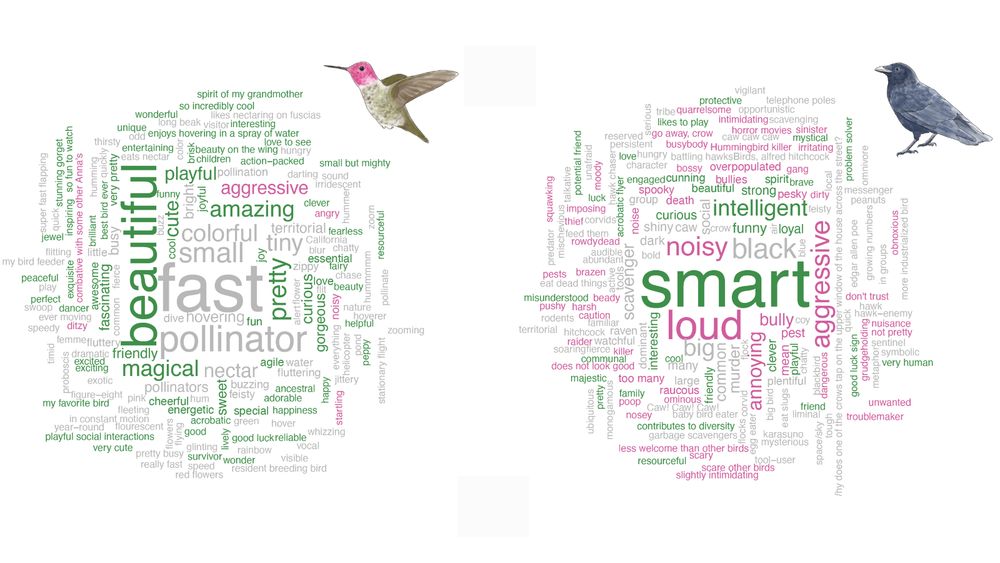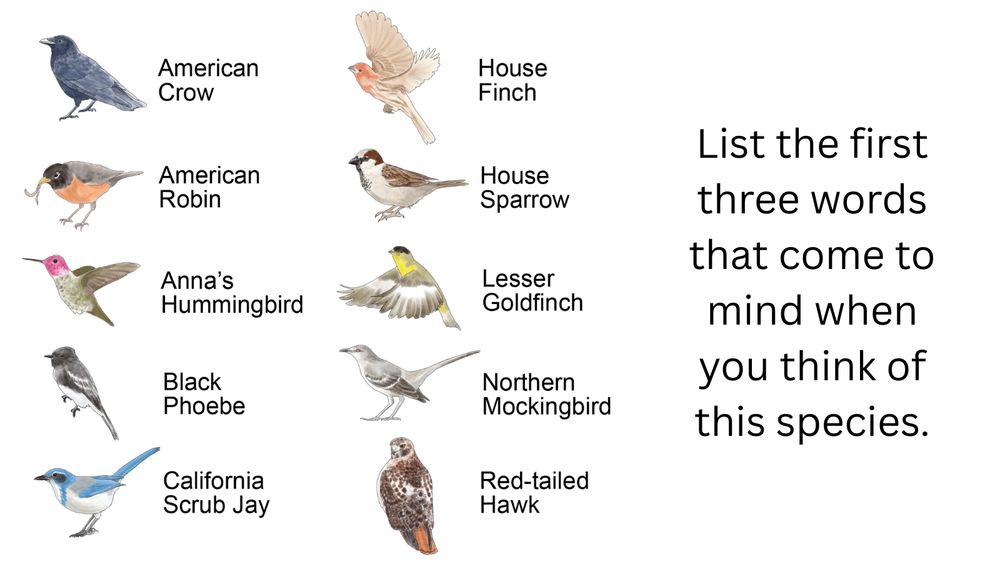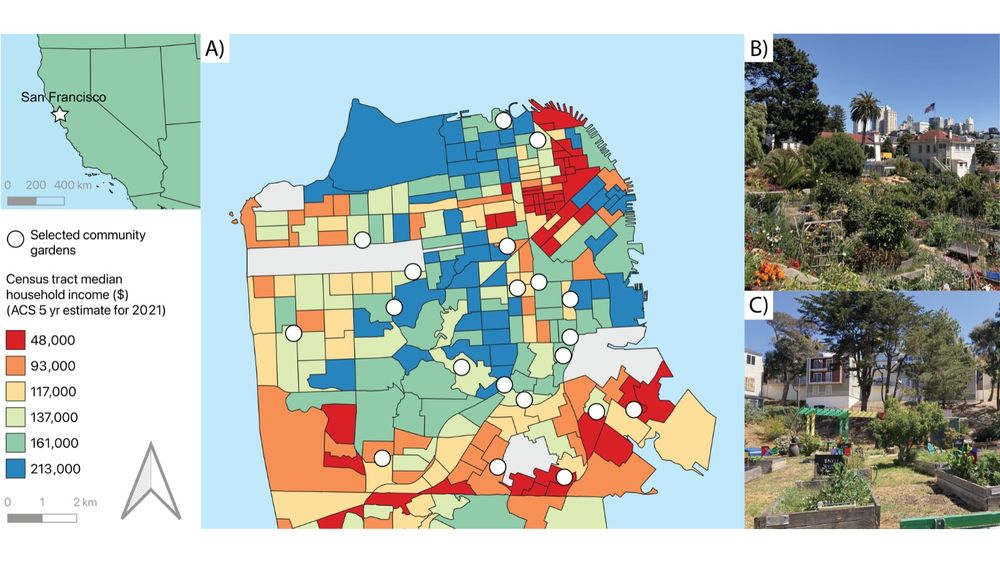Alejandra Echeverri, PhD
@ornithoale.bsky.social
190 followers
220 following
28 posts
#CienciaCriolla 🇨🇴 | Assistant Prof at UC Berkeley | NatGeo Young Explorer| CIFAR Azrieli Global Scholar 2024-2026|
PI of the Echeverri Lab: Conserving Wildlife and Human Cultures
She/Ella #LatinasSTEM
Posts
Media
Videos
Starter Packs
Pinned
Reposted by Alejandra Echeverri, PhD
Harman Jaggi
@harmanjaggi.bsky.social
· Sep 5

An ancient pea holds lessons for a warming Himalaya
Nurtured for millennia in the Trans-Himalaya, the hardy black pea outperforms cash crops in resilience and nutrition — and could reshape how science values farmers’ knowledge and forgotten foods.
www.nature.com
Reposted by Alejandra Echeverri, PhD
Reposted by Alejandra Echeverri, PhD
Reposted by Alejandra Echeverri, PhD
Harman Jaggi
@harmanjaggi.bsky.social
· Aug 19
Reposted by Alejandra Echeverri, PhD
Reposted by Alejandra Echeverri, PhD
Reposted by Alejandra Echeverri, PhD
Reposted by Alejandra Echeverri, PhD
Kaitlyn Gaynor
@kaitlyngaynor.bsky.social
· Jun 17
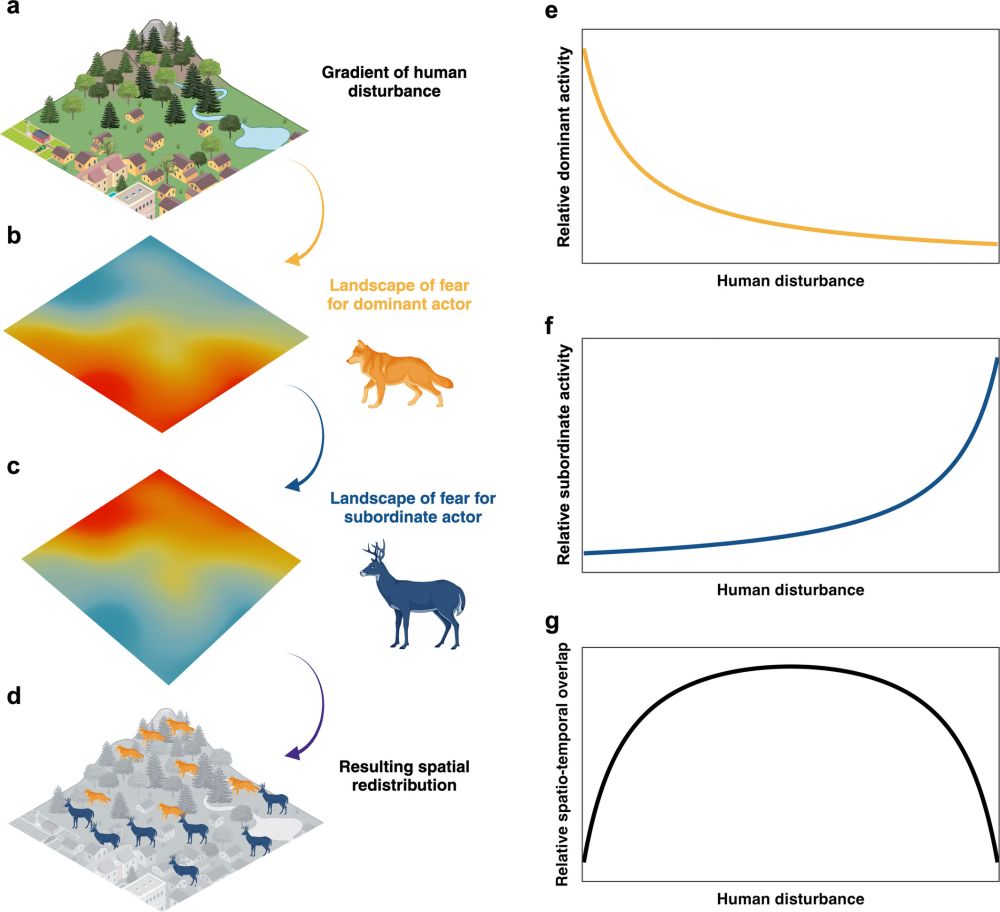
The Human Shield Hypothesis: Does Predator Avoidance of Humans Create Refuges for Prey?
The human shield hypothesis posits that predators avoid areas of human disturbance due to perceived risk from humans, and prey therefore seeks refuge in these areas of perceived safety. Our systemati....
onlinelibrary.wiley.com
Reposted by Alejandra Echeverri, PhD
Reposted by Alejandra Echeverri, PhD
Reposted by Alejandra Echeverri, PhD
Reposted by Alejandra Echeverri, PhD
Reposted by Alejandra Echeverri, PhD
Reposted by Alejandra Echeverri, PhD
Reposted by Alejandra Echeverri, PhD
Reposted by Alejandra Echeverri, PhD
Reposted by Alejandra Echeverri, PhD
Reposted by Alejandra Echeverri, PhD
Reposted by Alejandra Echeverri, PhD
Reposted by Alejandra Echeverri, PhD
Reposted by Alejandra Echeverri, PhD
Reposted by Alejandra Echeverri, PhD
Reposted by Alejandra Echeverri, PhD
Reposted by Alejandra Echeverri, PhD




